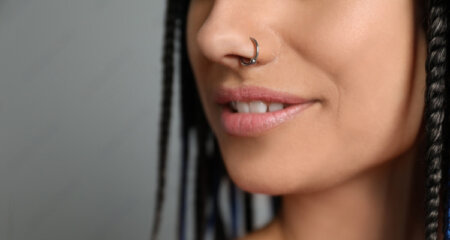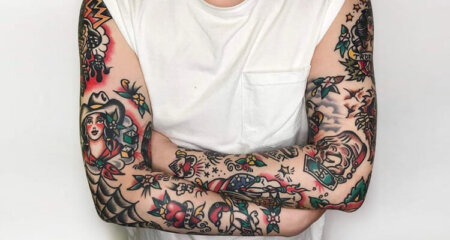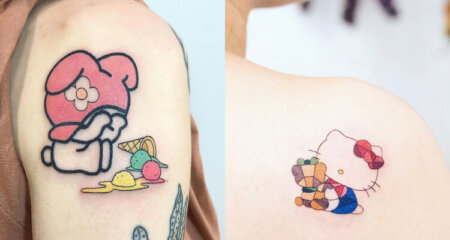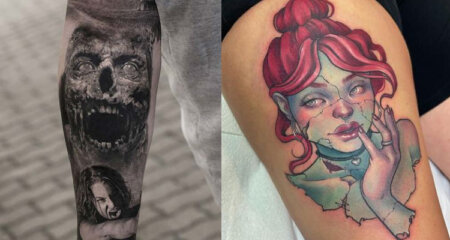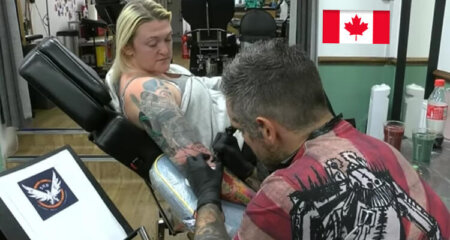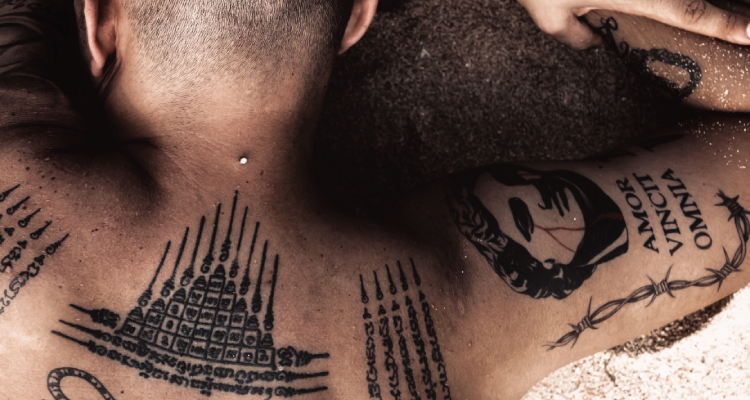
A Body with Piercing and Tattoo is a Fashionable Work of Art
Posted on
Imagine walking down the street and seeing a person with an intricately designed sleeve tattoo, a delicate nose piercing, and a bold lip ring. What do you think? Do you see a person expressing their individuality, creativity, and fashion or someone with piercing and tattoo as a body art is trying too hard to be different?
An increasing number of individuals, spanning from famous personalities to ordinary folks, are opting for forms of body modification like tattoos or piercings as a means to showcase their unique fashion sense. Get inspired, and look for ideas and artists to help you realize them on Ink-Match, an online database of the best tattoo artists in America.
In this article, we’ll delve deep into the history of body modification as a fashionable work of art, the psychology behind why people choose to get tattoos or piercings, and the evolving trends in fashion. May our post bring you some new insights and exciting ideas!
The origins of piercing and tattoo as a form of self-expression
The practice of body art has a rich and varied history that goes back thousands of years. Throughout time, people have altered their skin in various ways to express themselves, to show their social status, or as part of religious or cultural traditions. For example, the ancient Egyptians used tattoos as a form of religious devotion, and the Aztecs got piercings to honor their gods.
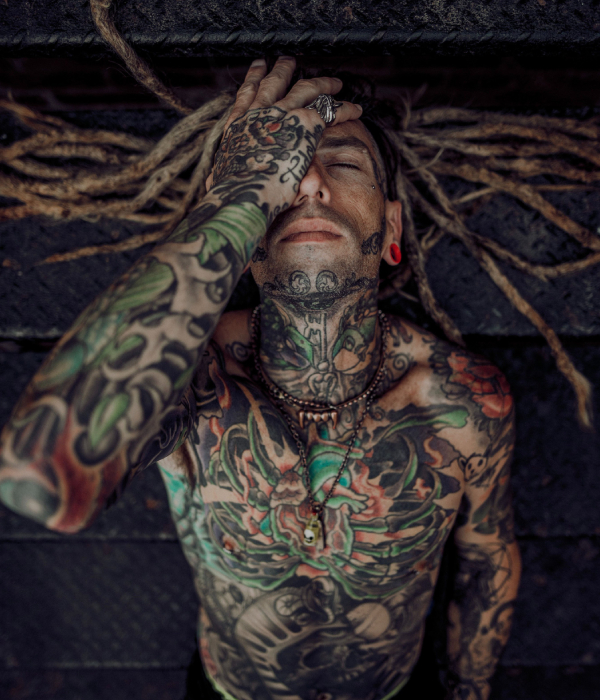
The cultural significance of body modification in different parts of the world
Tattooing has been an artistic practice in various cultures around the world for many centuries. Japan, in particular, has a rich tattooing heritage dating back to the Edo period, where traditional tattoos, or irezumi, typically depict mythical creatures such as dragons and koi fish. In Polynesia, on the other hand, tattoos play a significant role in the cultural heritage of the indigenous population. They are often used to demonstrate social status, rank, or achievement and are seen as a means of preserving cultural customs.
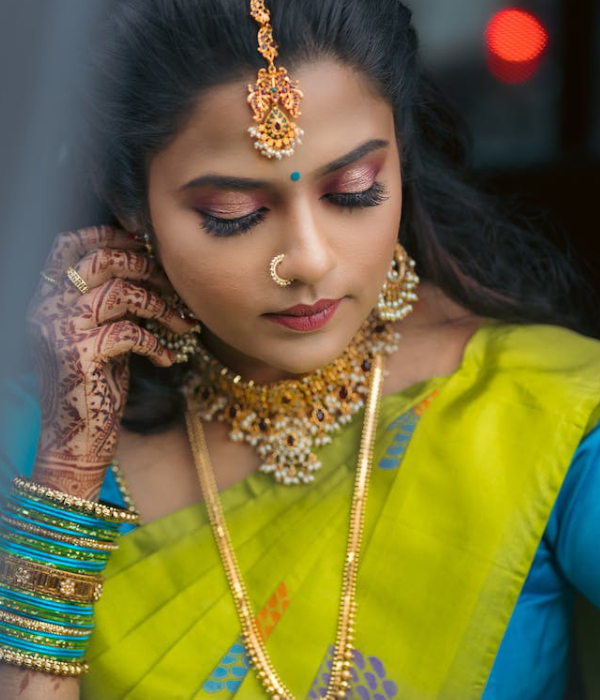
Piercing is another form of body art that has been used throughout history. In ancient Rome, for example, ear piercings were a sign of wealth and social status, and in India, nose piercings were used as part of a traditional wedding ceremony. In recent times, piercings have become a popular form of self-expression among subcultures such as punk rockers and goths.
The evolution of tattoo and piercing fashion
Tattoos and piercings have undergone significant changes in fashion and style over the years. In the early 1900s, tattoos were mostly associated with sailors and bikers. However, as societal disapproval of tattoos diminished, they became more and more accepted and recognized. Today, body art is considered a form of self-expression and is regularly used to mark important events in life or to demonstrate one’s unique personality and interests.
The style of piercing has also changed over time. In the 1970s and 1980s, punk rockers and other subcultures popularized multiple piercings, especially on the ears, nose, and lips. In the 1990s, belly button piercings became popular, and more recently, piercings in non-traditional locations such as the tongue, eyebrows, and nipples have gained popularity.
Various styles and techniques today for body art through piercing and tattoo
Body art has also become more diverse in terms of style and technique. Traditional tattoos, such as those found in Japanese and Polynesian cultures, have become more popular, while more modern styles, such as watercolor and minimalist tattoos, also have a following. Piercings have also grown more diverse, with skin and surface piercing jewelry becoming more common.
Over the past few years, piercing and tattoo have become more popular in the fashion industry. Famous designers and models often showcase their creations on the body during shows, and trendy publications often cover the latest art tendencies in their editorials and articles.
Artistic aspects of tattoo and piercing design
In addition to self-expression and fashion, piercing and tattoo are also known for their artistic value. Many craftsmen view their work as a form of art, using their skills to create unique and visually striking designs that are aesthetically pleasing and meaningful to their clients.
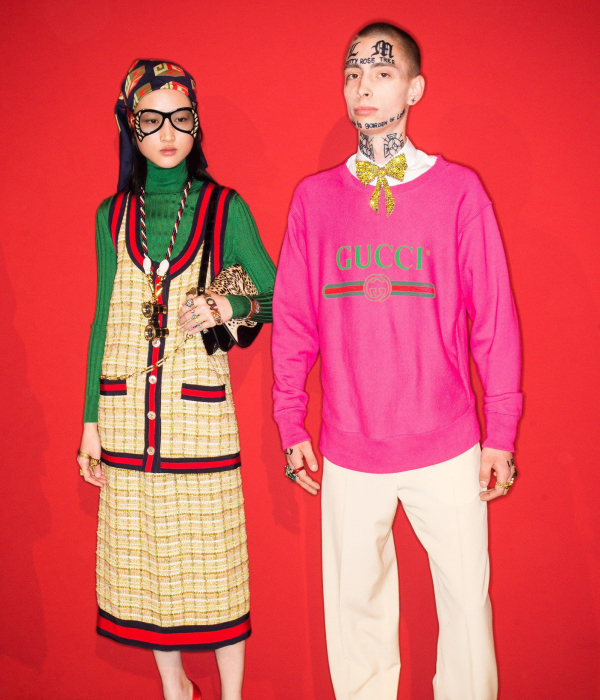
In general, the creative aspects of tattoo and piercing design elevate these practices from mere fashion statements to works of art that remain relevant. They are especially noticeable in the process of creating a work. Artists carefully consider the placement and design of each piece, taking into account the client’s anatomy, skin type, and personal preferences. They use specialized equipment and techniques to create intricate images and provide a safe and comfortable experience for their clients.
The role of body modification in social acceptance and inclusivity
Undoubtedly, fashionable piercing and tattoo play an essential role in promoting social acceptance and inclusivity. For many people, body art is a way of expressing their identity and asserting their individuality, especially in a society that often imposes rigid norms and expectations.
How can body art break stereotypes?
Body art can be a powerful tool for breaking down stereotypes and challenging cultural norms. In many societies, certain types of piercing and tattoo are stigmatized and associated with negative stereotypes. For example, tattoos have long been considered taboo in Japan and associated with organized crime, while facial piercings are regularly considered unprofessional in Western cultures.
A case in point is, body art can serve as a way to assert one’s identity and challenge dominant narratives. Members of marginalized communities may use piercing and tattoo to assert their identity and express resistance to oppression. In this way, skin modifications can be seen as a form of cultural resistance, a way to break free from social norms and assert one’s own will.
Also See: The Best Ways To Clean And Care For Your Piercings
The psychology behind body art
There are more and more opinions about the psychology of body art. piercing or tattoo can have a positive impact on mental health by providing a sense of power and control. For some people, body modification can also serve as a way to cope with trauma or emotional distress, providing a form of self-help and healing.

In addition, piercing and tattoo often have symbolic meanings for the wearer. They can be a reminder of an important life event, honor a loved one, or represent a personal philosophy or belief.
Summary
Consequently, body art is becoming an increasingly popular fashion expression and artistry form, challenging traditional norms and stereotypes. Through tattoos, piercings, or other forms of body modification, people can assert their individuality and create works of art that reflect their personal beliefs, values, and experiences.
As the acceptance of body art continues to grow, it is clear that these practices will play an essential role in shaping the cultural fashion of the future. As societies become more tolerant and inclusive, the potential for piercing and tattoo to break down barriers and promote individual expression will only increase.
Author’s Bio
Liam Mills is an expert in writing content and an ex-Product Expert, and the Founder of ValueHunta, a contributor to Ink-Match.

